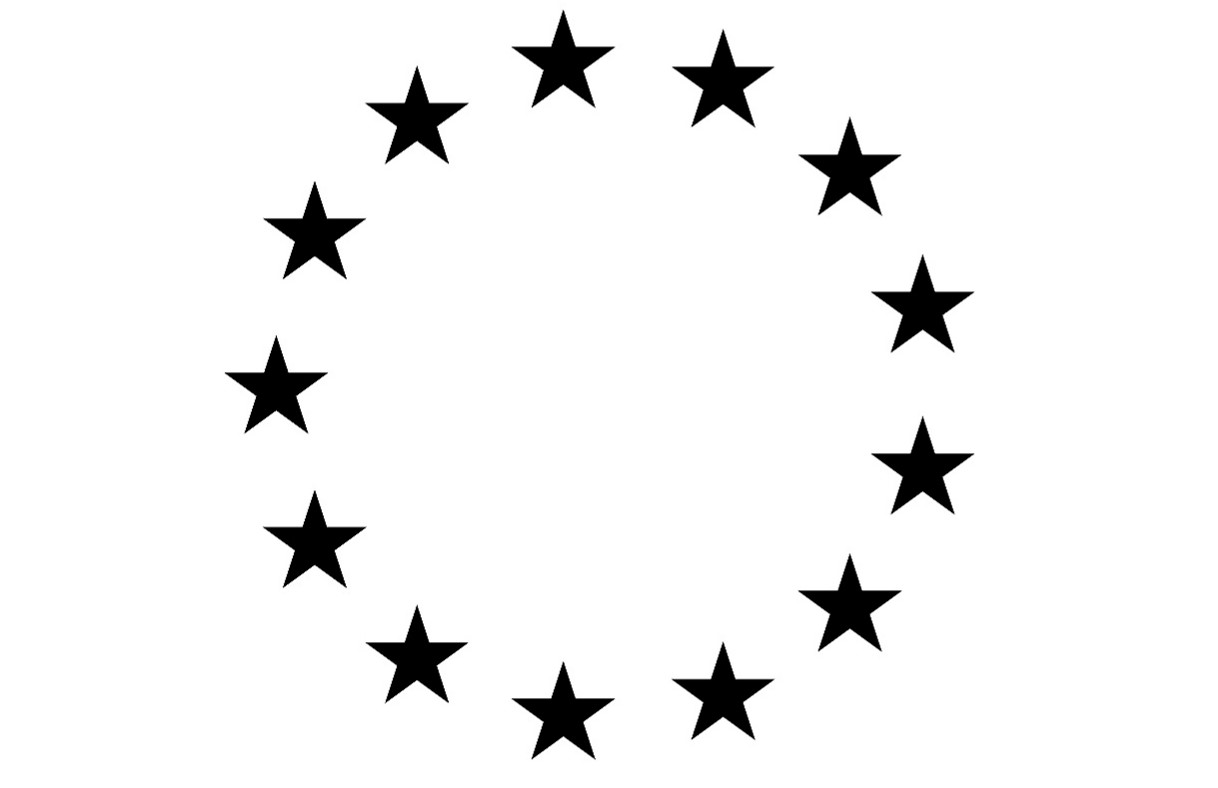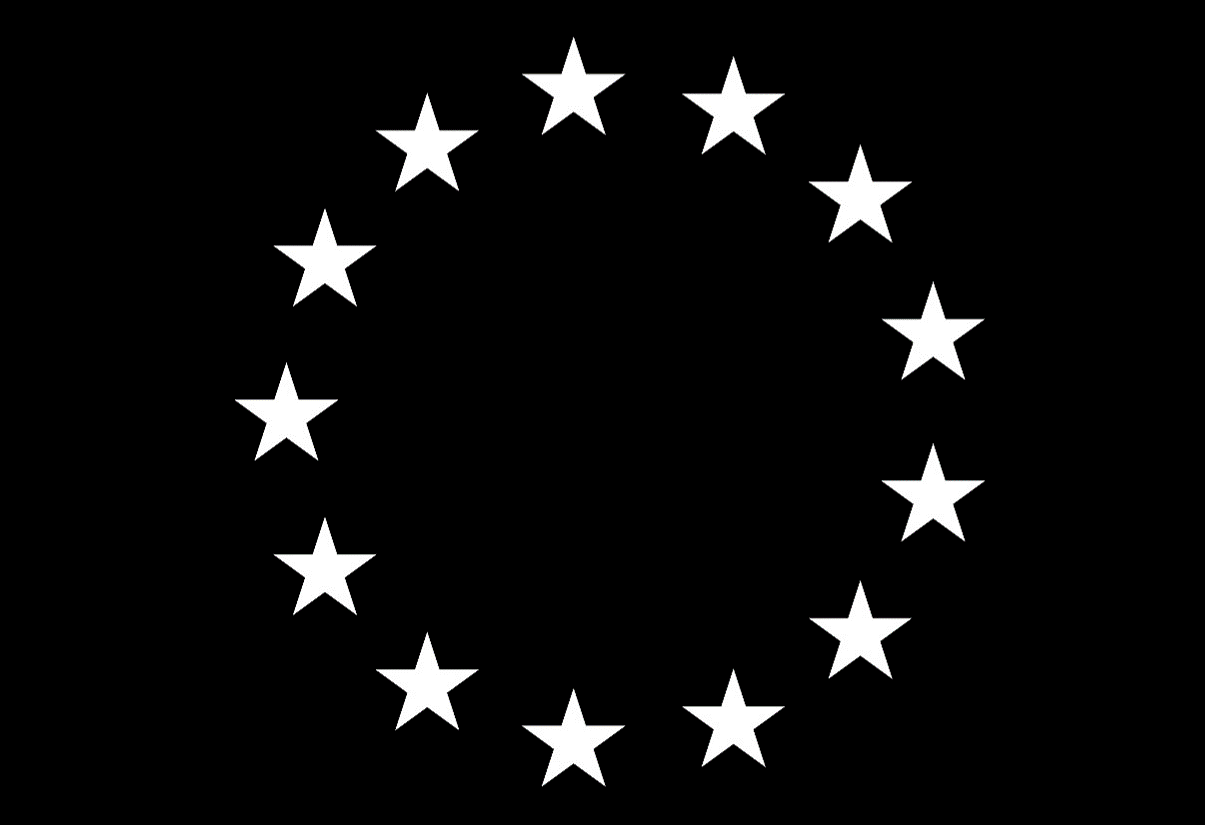This Content Is Only For Subscribers
While Elon Musk believes electric boats are last on the pecking order to displace fossil fuels (after renewables powering the existing grid, switching to EVs, switching to heat pumps, as well as high temperature heat delivery & hydrogen), others are pulling the present forward, with “Teslas’s of the seas (& waterways)” becoming a reality today. One such startup is Norway-based Zeabuz, which is building teleoperated (as a stepping stone to autonomous) “electric passenger ferries” (EPF). The startup was as a spun-off the Norwegian University of Science & Technology in 2018 by Bjoern Kjærand Haugland & led since 2020 by Erik Dyrkoren (CEO), Oyvind Smogeli (CTO) & Henrik Stray (COO). Initially proposed as an alternative to a pedestrian bridge, Zeabuz has already successfully trialed two teleoperated (8.5m) EPFs (dubbed “milliAmpere”) able to carry up to 12 passengers (across a canal in Norway). Now, Torghatten AS (Norway’s leading ferry operator) has commissioned Zeabuz to deliver a new/ bigger (12 meter) catamaran-shaped EPF for commercial use, that will operate in Stockholm carrying up to 25 passengers (from Kungsholmen to Sodermalm, via the busy Riddarfjaerden) (the 250kWh battery on board will power 15 hours of cruising & at rest will be recharged with green shore power) (Fun fact: Torghatten AS is owned by EQT Infrastructure since 2021, who’ve merged it with Denmark-based Molslinjen, also heavily focused on EPFs & operations). It’s worth pointing out that Zeabuz doesn’t actually build the EPF (that’s being done by Brødrene Aa, who also built the “Future of the Fjords”), instead, the startup offers “autonomy-as-a-service to operators”, via its “proprietary autonomy platform”, which is “scalable, certifiable & suitable for both new designs & retrofitting on existing vessels”. <Quick primer on passenger ferry use in Stockholm: the city’s existing (fossil-fueled) fleet of 60 emits 40,000 tons of CO2 annually & accounts for 8% of total shipping emissions in Sweden. “For short journeys, electric ships can be a big part of the solution”. Ahead of the curve, the city’s Bat Plan Stockholm is hoping to make most passenger ferries emissions-free by 2025. Aside from Zeabuz, Stockholm also trialed models from Green City Ferries (SE) (€1.2m) & Candela (SE) (€44m) – a hydrofoil concept, which hopes to reduce drag from battery weight (Fun fact: EQT Ventures is an investor since 2021)>. Bear in mind, EU data shows that passenger ferries represent only 3% of vessels, but make up 10% of carbon emission (same goes for the US, where <95% of ferries are powered by diesel). So how big is the market for EPFs? cities with the highest annual ferry passengers include Istanbul (108m), Hong Kong (46m), Seattle (24m), Sydney (16m), London (10m), Hamburg (9m) & New York (6m). As such, developments are taking place – in Europe:
- Norway: launched the world’s first electric passenger & car ferry in Sogneford in 2015 & with its Green Shipping Program aims to use the countries waterways as “sustainable public transport infrastructure”
- UK: a) Uber launched boat taxis on the River Thames in 2022 (operated by Thames Clipper), b) Artemis Technologies (UK) (<€3m) (Fun fact: commodity trading firm Gunvor is an investor) is trialing an electric “sea going” ferry with the University of Plymouth, c) the HI-FIVED consortium (which involves the Port of Aberdeen, University of Southampton, Zero Emissions Maritime Technology, Composite Manufacturing & Design, Trident Marine Electrical & Nash Maritime) won a £3.8m government grant towards a £5.4m project (part of the Clean Maritime Demonstration Competition), to build a hydrogen-powered autonomous ship to transport cargo between Aberdeen and the Orkney & Shetland Islands (with Unitrove, ACUA Ocean & Krensen are also involved)
- France: Seabubbles (FR) (€11m) is currently trialing (hydrogen-powered hydrofoil) water taxies in Lyon. In the run up to Summer Olympics 2024, the startup is also vying to equip Paris with water taxies (Ps: a decision is expected in Q1 2023) (Fun fact: a “French delegation” also visited Seabuz, for its electric ferries to potentially run on the Seine as well)
- Finland: Reaktor (FI) (€n.a.) is running trials for its EPF
- Netherlands: Roboat (NL) (€n.a.) is running trials for its EPF
and – around the world:
- New Zealand: Auckland will receive its first EPFs by 2024 (built by Seachange, EV Martime & Danfoss Editron), with the city planning an entirely electric fleet by 2040. 75% of the construction cost (or $27m for two EPFs) will be funded by the Energy Efficiency & Conservation Authority
- Thailand: Bangkok has already made strides to equip the city with 5,000 electric water taxis & 30 EPFs
- Japan: local shipping company Nippon Yusen Kaisha (NYK) & AI solutions provider Ghelia are collaborating on “autonomous ships”
- USA: a) West Coast-based Boundary Layer Technologies (US) (<€6m) plans to have its first hydrofoil electric passenger ferry “Electra” in operation by Q1 2024 “across the US, Scandinavia & the Mediterranean”, b) East Coast-based Regent (US) (€25m) wants to make “flying passenger ferries” the best way to travel between coastal cities, c) Washington Maritime & Kitsap Transit are studying EPF deployments on the Puget Sound
Honorable mention also goes to European startups building electric boats for personal use such as Evoy (NW) (€10m) (inboard & outboard electric motors), X Shore (SE) (€67m), Magonis (ES) (€n.a.), Volta (ES) (€n.a.), Pixii (UK) (€n.a.), with a hat tip to Candela (see above) & a shout out across the pond to Arc Boats (US) (€28m), Navier (US) (€7m), Pure Watercraft (US) (€188m) (outboard electric motors & boats), Flux Marine (US) (€15m) (outboard electric motors), as well as Zin Boats (US) (€n.a.). Final kudos to Fleetzero (US) (€14m) for trying to electrify large container ships. <Source: articstartup.com, intelligentliving.co, cnn.com, edison.media, partner.sciencenorway.no, infrastructureinvestor.com, wired.co.uk, offshore-energy.biz, electrive.com, nzherald.co.nz, techfundingnews.com, sifted.eu>


